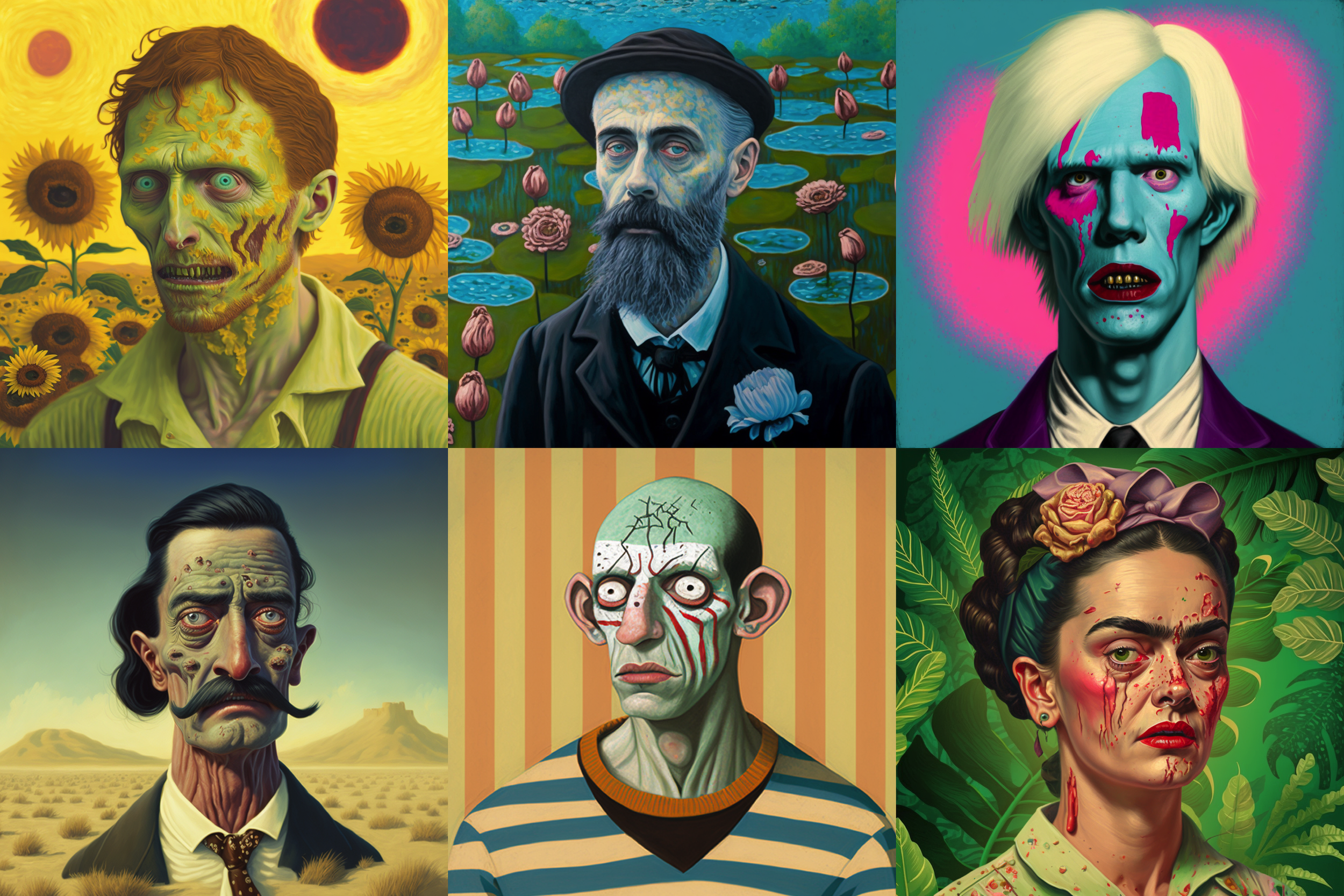Embracing the Future: How Artificial Intelligence Revolutionizes Design
In today's ever-evolving digital landscape, the marriage of creativity and technology has given rise to groundbreaking possibilities for designers.
Artificial Intelligence (AI) has emerged as a powerful ally, transforming the design process and empowering creative minds to reach unprecedented heights. From enhancing efficiency to fostering innovation, AI has become an invaluable tool that revolutionizes the way designers craft their masterpieces. In this article, we explore the myriad ways in which AI can be harnessed by designers to push boundaries, elevate aesthetics, and redefine the art of design.
1. Streamlining Design Workflow:
AI streamlines the design workflow by automating repetitive tasks, such as image editing, layout generation, and color selection. Designers can now invest more time and energy into ideation and conceptualization, resulting in efficient and streamlined creative processes.
2. Data-Driven Insights:
By analyzing vast amounts of user data, AI can provide designers with valuable insights into consumer behavior, preferences, and trends. Armed with this data-driven knowledge, designers can tailor their creations to meet the specific needs and desires of their target audience.
3. AI-Generated Art:
AI-powered algorithms are now capable of autonomously creating art, blurring the lines between human and machine creativity. Designers can embrace AI-generated art as inspiration or incorporate these novel designs into their work to add a unique and futuristic touch.
4. Personalization and User Experience:
AI enables designers to create personalized user experiences by tailoring content and interfaces based on individual user preferences and behavior. This hyper-personalization enhances engagement and fosters stronger connections between users and brands.
5. Generative Design:
With generative AI, designers can explore a vast array of design possibilities and variations that would be challenging to achieve manually. This opens the door to limitless creativity, allowing designers to discover novel and innovative solutions.
6. Augmented Reality (AR) and Virtual Reality (VR):
AI enhances AR and VR experiences by seamlessly integrating virtual elements into the real world, creating immersive and interactive environments that captivate and engage users on a whole new level.
7. Design Validation and Prototyping:
AI-driven simulations and testing provide designers with rapid and accurate validation of their ideas. This allows for quick iterations and adjustments, ensuring that the final product meets the highest standards of quality and functionality.
8. Ethical Design:
AI can help designers address ethical considerations in their work by analyzing potential biases and ensuring inclusive design principles are implemented, fostering a more equitable digital landscape.
Conclusion:
Artificial Intelligence has undoubtedly become an indispensable asset in the arsenal of modern designers. From streamlining workflows to inspiring innovation, AI's integration into the design process marks an exciting era of creative exploration and unparalleled possibilities. Embracing this technology allows designers to not only augment their capabilities but also to push the boundaries of artistic expression, promising a future where creativity and AI converge harmoniously for a more immersive and impactful design experience. As the AI landscape continues to evolve, designers who embrace its potential will undoubtedly lead the way in shaping the future of design.

